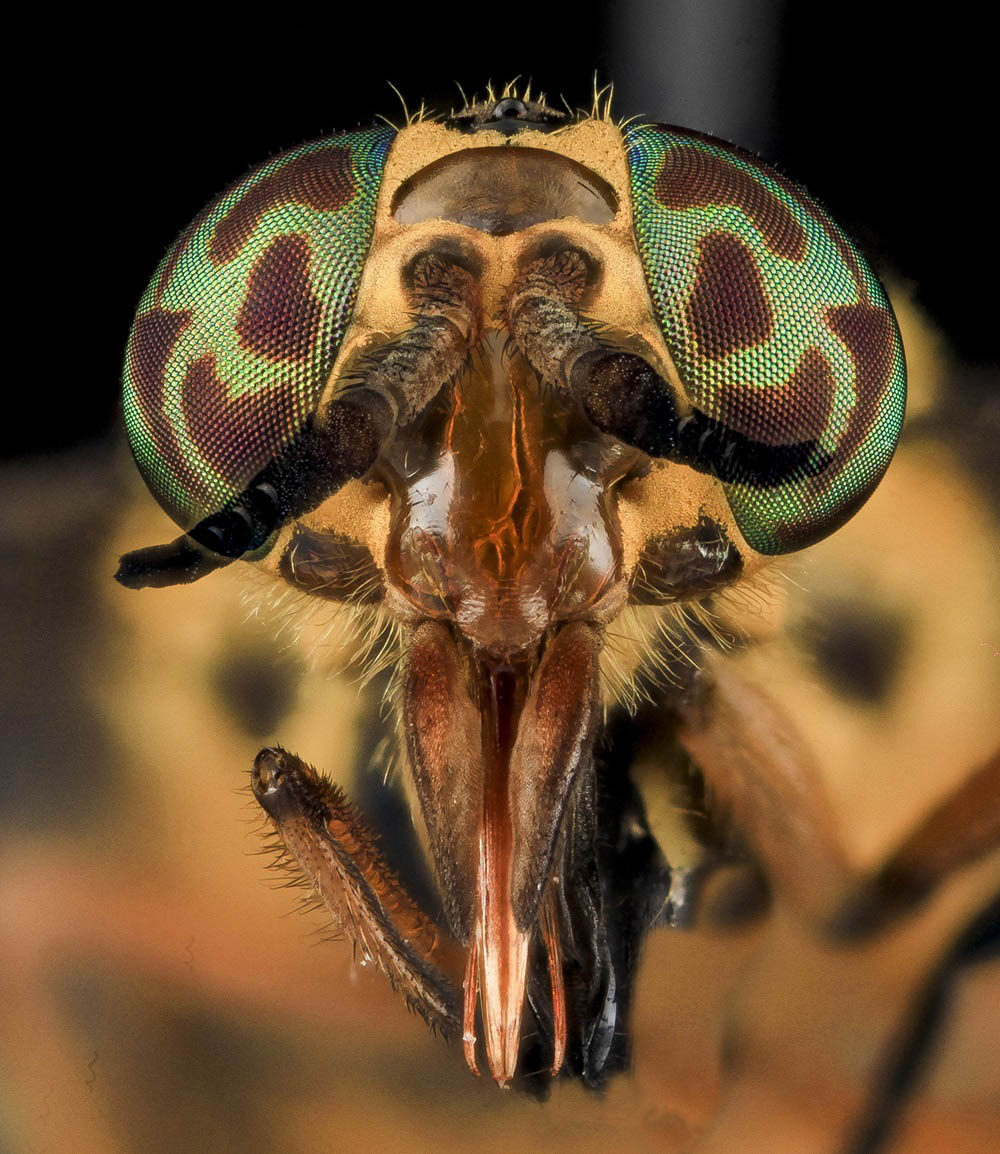The Eastern boxelder bug (Boisea trivittata) is a species of true bug (Hemiptera) in the family Rhopalidae. Native to Eastern North America, these insects are associated with the Manitoba maple tree (Acer negundo), also known as the box elder tree, from which they derive their common name. Although they pose no threat to humans or pets, Eastern boxelder bugs can become a nuisance when they gather in large numbers, mainly when they congregate indoors as they seek shelter for the winter. The Eastern boxelder bug is very similar to the Western boxelder bug (Boisea rubrolineata), which is found west of the Rocky Mountains in Canada.
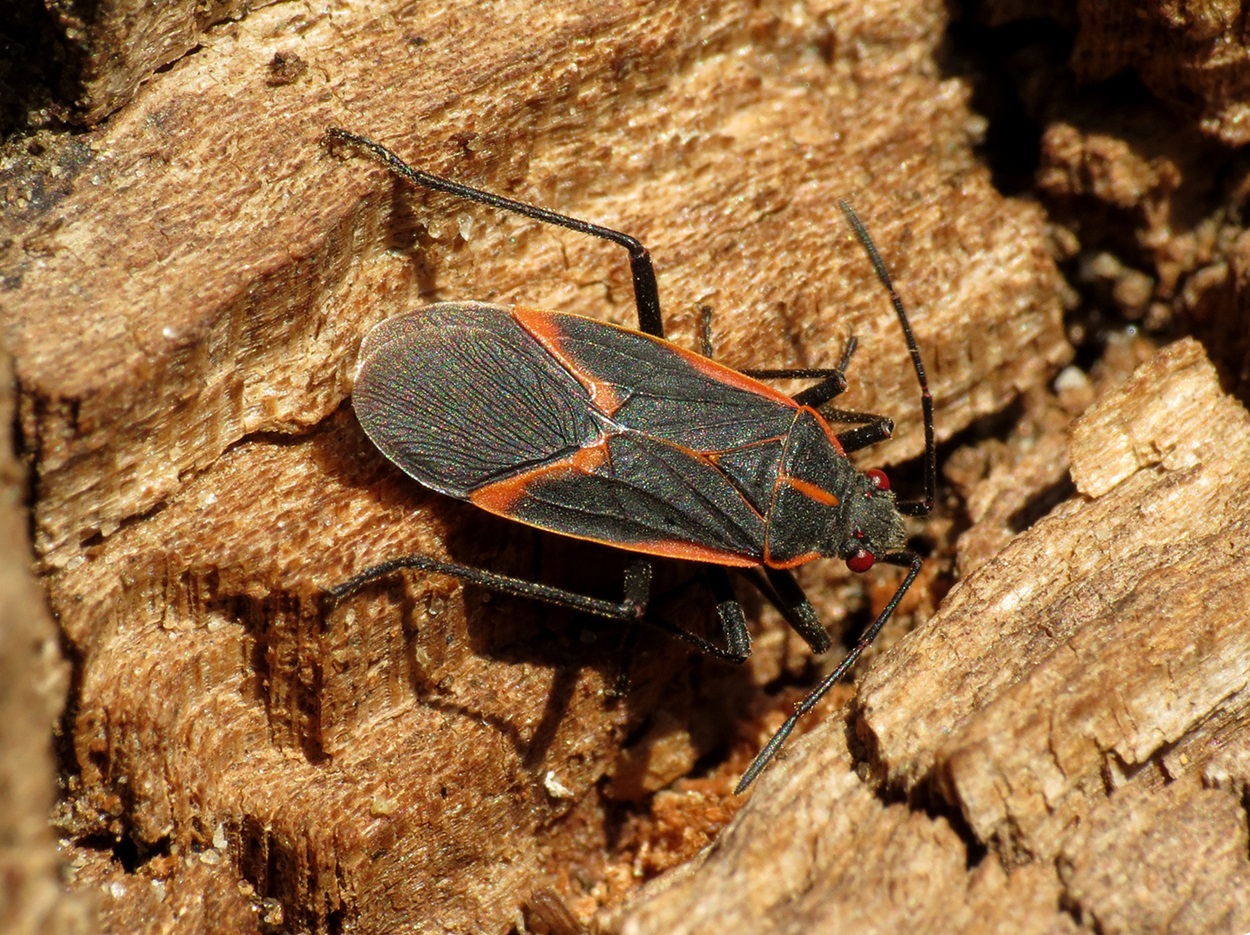
Description
Adult Eastern boxelder bugs are approximately 13 mm in length and oval in shape. Their bodies are predominantly black with red eyes and distinct red or orange markings on their wings, abdomen and prothorax (the area directly behind the head). Like other hemipterans, their wings are partially sclerotized, with markings commonly described as resembling a red X or V.
Sub-adults, known as nymphs, resemble smaller versions of the adults but lack wings. They are bright red with black legs, gradually developing black patches on their head and on their developing wing pads, which grow larger with each moulting stage. The eggs of boxelder bugs are reddish-brown and bean shaped.
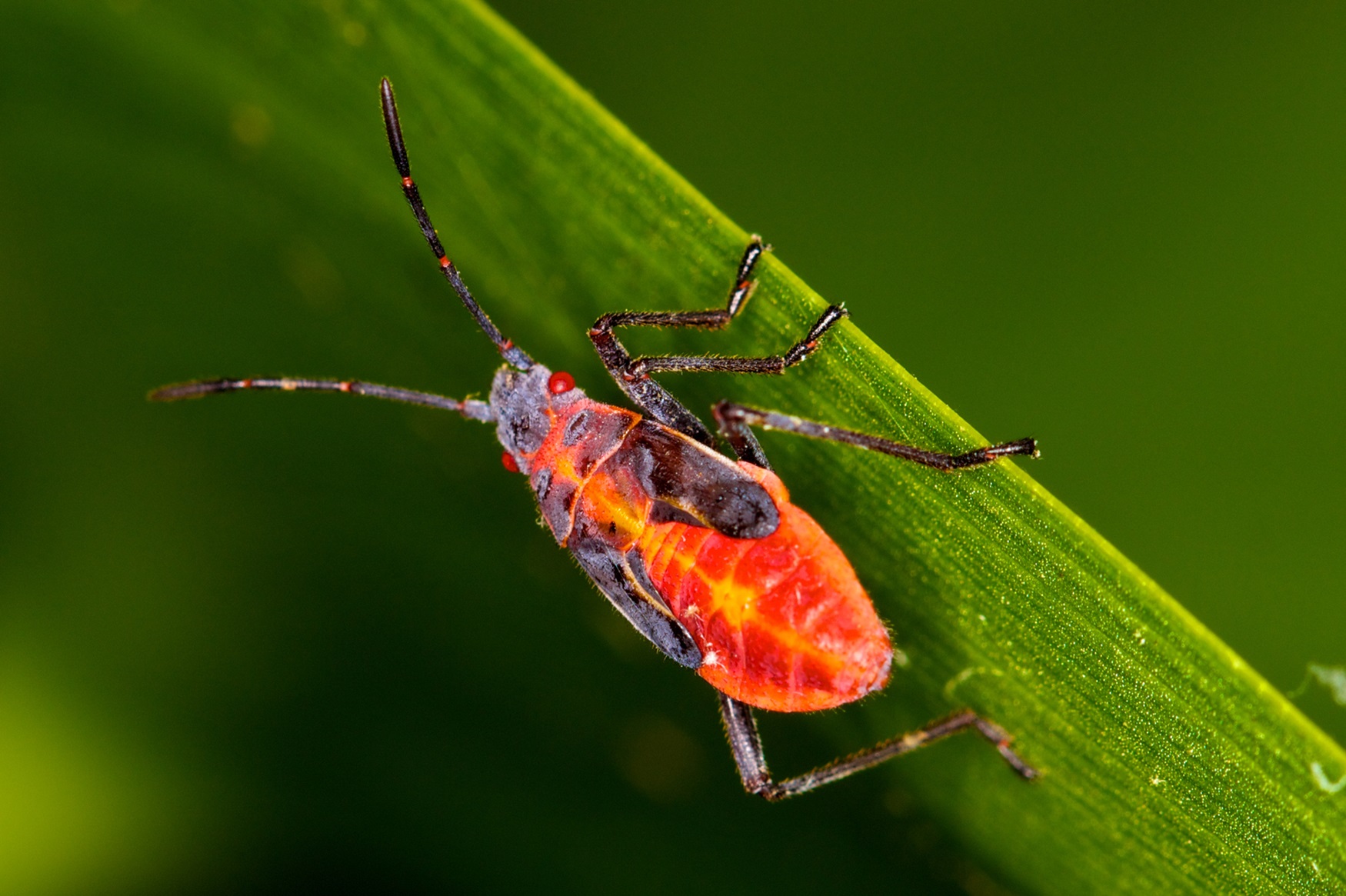
Distribution and Habitat
Eastern boxelder bugs are native to Eastern North America, where they are found from Southern Canada through the Eastern United States and as far south as Guatemala. They have also been introduced in Chile, where they are considered invasive.
During the spring and summer, Eastern boxelder bugs are often found on and around ash trees (genus Fraxinus) and maple trees (genus Acer). They primarily inhabit deciduous and mixed forests, as well as meadows and urban areas where these trees are present. Their populations can vary significantly from year to year, but they tend to be most abundant in years with hot, dry summers.
Swarming and Nuisance
Boxelder bugs can often be found in aggregations that may contain thousands of individuals. They gather on tree trunks, rocks and human-made structures to warm themselves in the sun.
As winter approaches and temperatures drop, Eastern boxelder bugs instinctively seek shelter, which they find in leaf litter, tree bark, and around human structures. They can sometimes enter buildings in high numbers, creating a nuisance. Their feces can stain surfaces and fabrics, and crushing them during removal produces an unpleasant odour and leaves red stains.
The best way to keep boxelder bugs out of a building is to make sure any potential entry points are sealed. Once the bugs are inside, they must be removed manually, either one at a time or with a vacuum cleaner.
When warmer weather returns, Eastern boxelder bugs re-emerge and leave their overwintering sites.
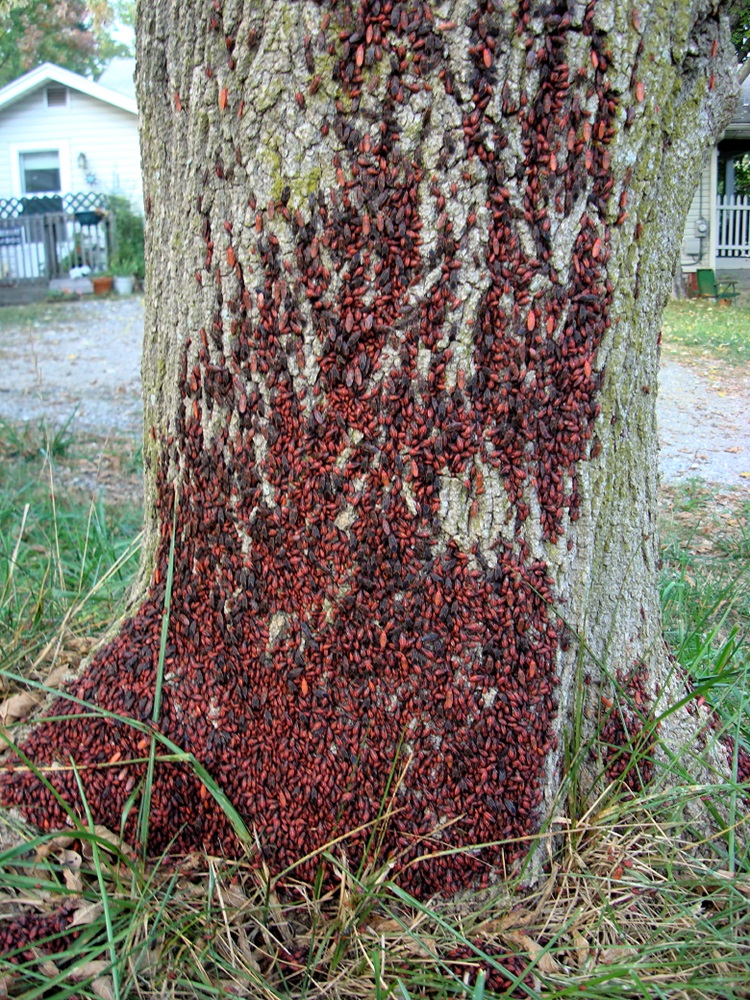
Reproduction and Development
Mating occurs in the spring, a few weeks after the boxelder bugs emerge from their overwintering sites. Females lay approximately 200 to 300 eggs singly or in clusters of about ten. The eggs are laid on the leaves and bark of trees or on human-made structures. They hatch after 10–19 days.
Eastern boxelder bugs, like all hemipterans, undergo hemimetabolous development, meaning their young resemble small, wingless adults when they hatch rather than worm-like larvae. These nymphs start out very small, approximately 2 mm in length, and moult five times before becoming winged, reproductive adults.
Depending on the location, Eastern boxelder bugs produce between one and three generations per year.
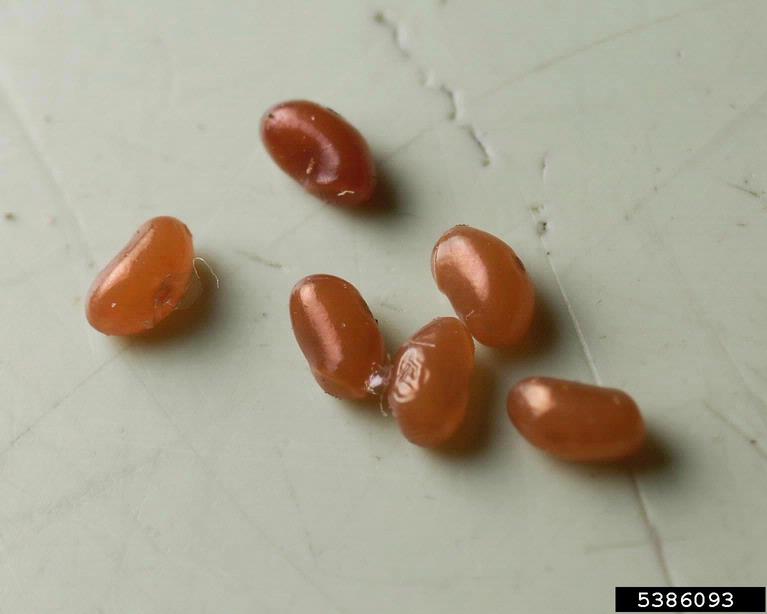
Diet and Predators
Boxelder bugs feed on the leaves, buds and seeds of various plants, using their straw-like mouthparts to pierce and suck the liquids from inside. They have also been observed feeding on fruits such as apples and grapes and occasionally on other boxelder bugs.
Eastern boxelder bugs are aposematic, meaning their bright red colouration serves as a warning signal to would-be predators that they are distasteful. They further discourage predators by releasing pungent, foul-tasting compounds when they are disturbed. Despite this, Eastern boxelder bugs have been observed being consumed by spiders.

 Share on Facebook
Share on Facebook Share on X
Share on X Share by Email
Share by Email Share on Google Classroom
Share on Google Classroom



